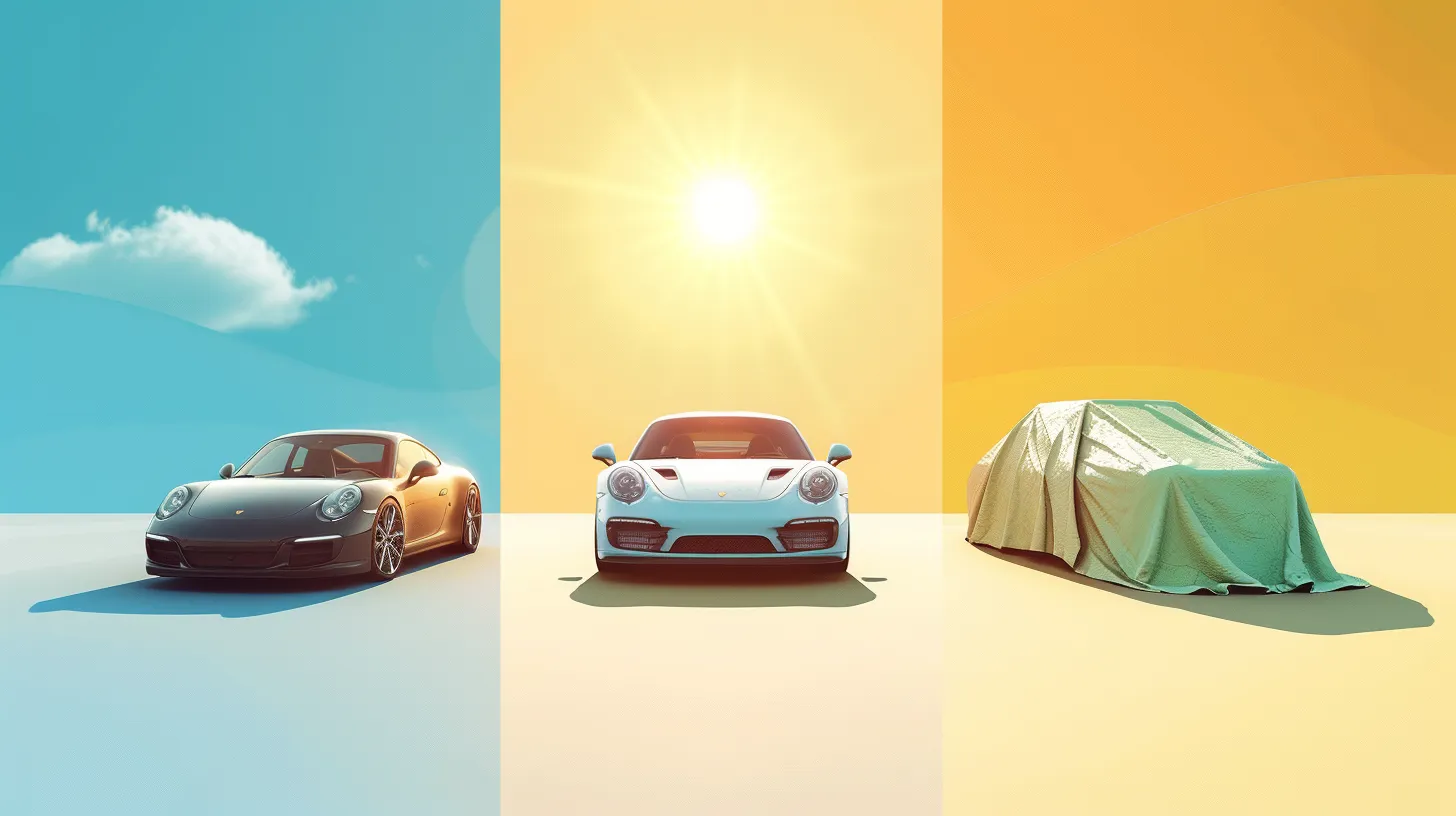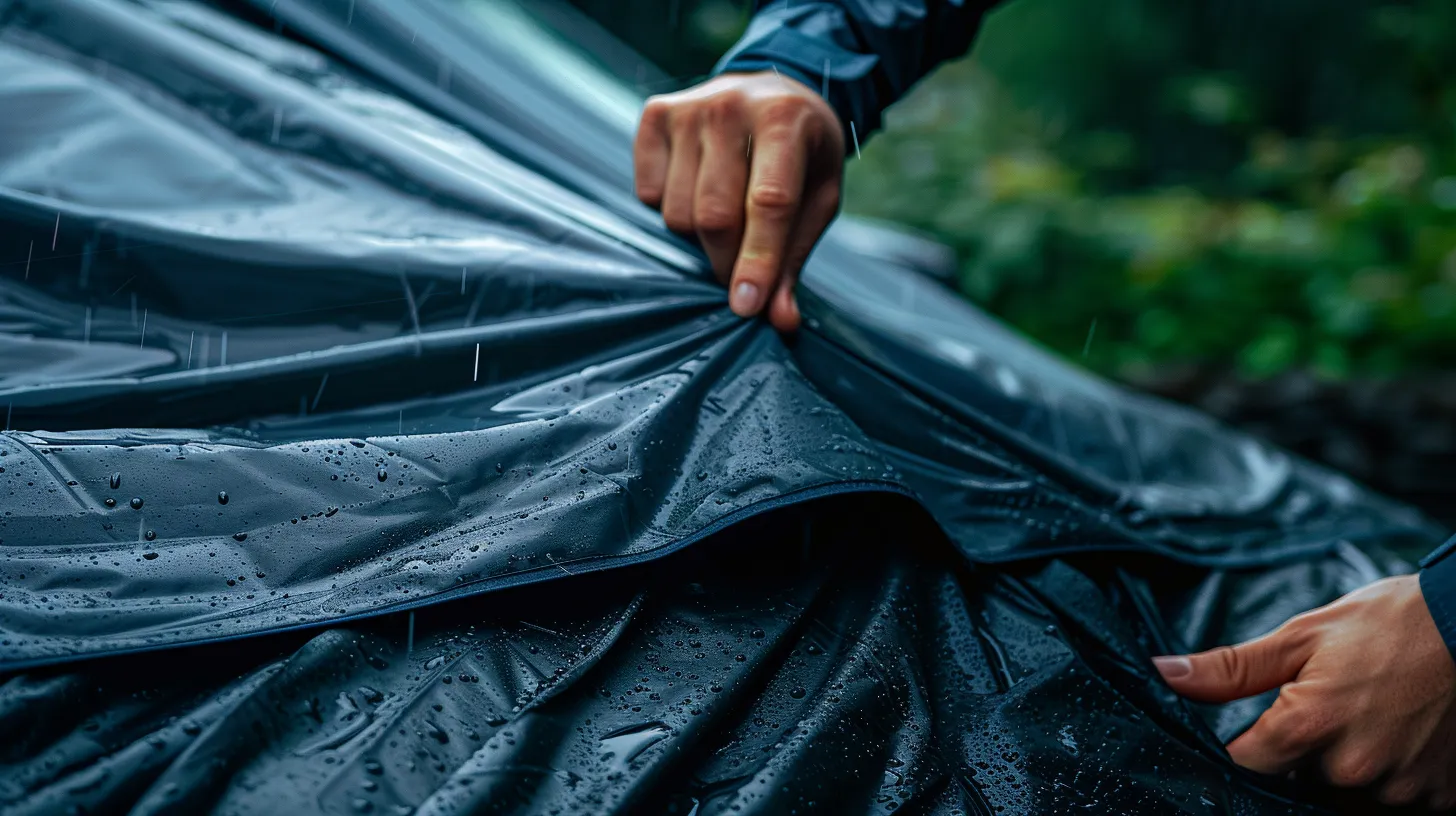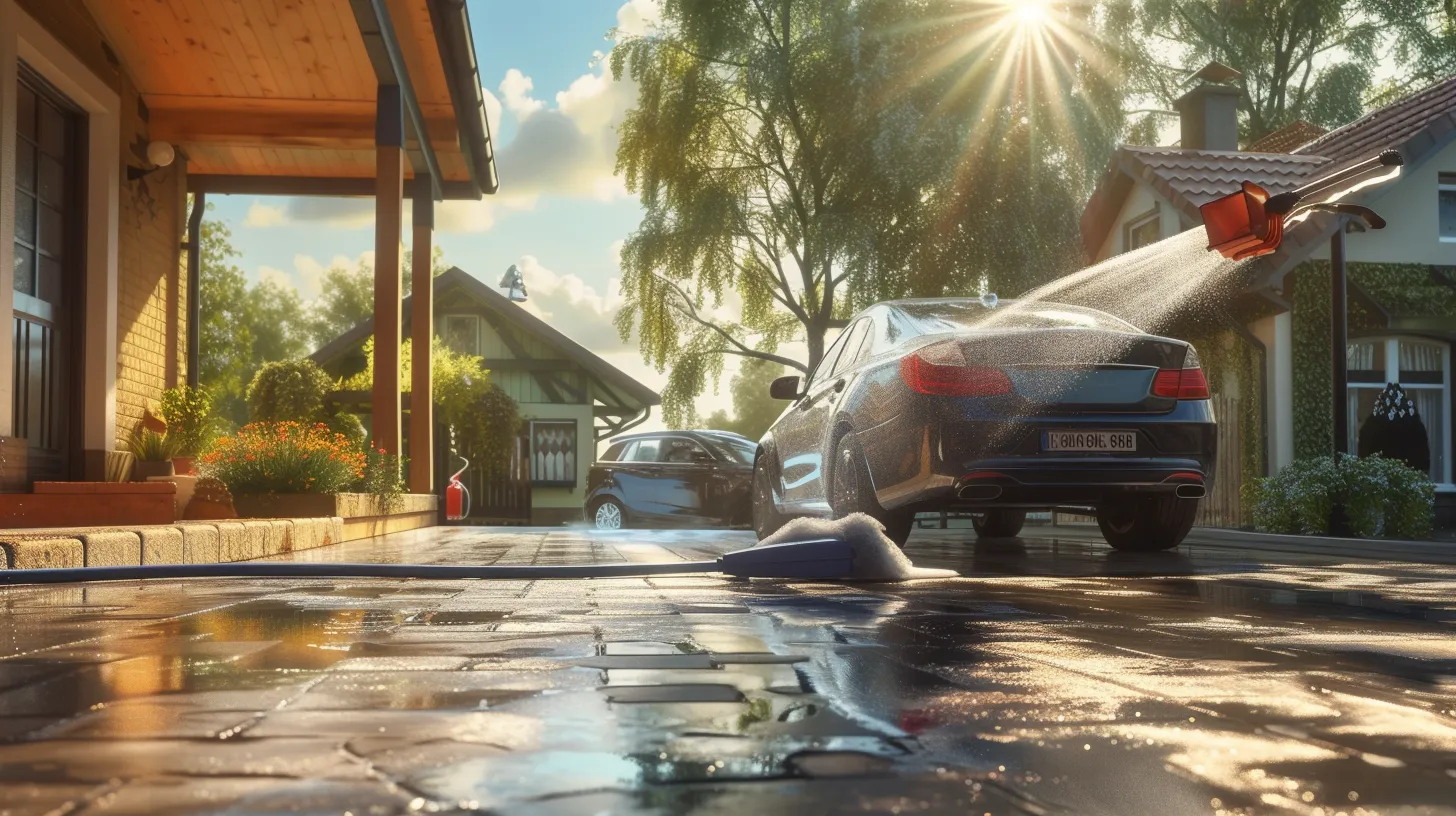The question of whether it is appropriate to place a car cover on a wet vehicle is one that merits cautious consideration. While the immediate impulse may be to protect the vehicle from further environmental exposure, the potential for trapped moisture to inflict damage on the vehicle's paintwork cannot be overlooked.
This concern is compounded by the risk of embedding dirt and debris beneath the cover, which could lead to scratches or more significant damage over time. As we explore the nuances of moisture risks, various types of car covers, and the best practices for their application, a more comprehensive understanding emerges, suggesting that the answer is not as straightforward as it may initially appear.
This invites a closer examination of the strategies that can be employed to ensure the long-term protection of one's vehicle, even in the face of challenging weather conditions.
Understanding Moisture Risks
When considering the protection of a vehicle's exterior, it's crucial to understand the risks associated with moisture, particularly when it comes to covering a wet car. Moisture risks are significant when a car is covered while still wet. The primary concern is that trapped moisture can lead to the formation of water spots, which are difficult to remove and can mar the car's finish. Moreover, if the cover made contact with dirt, it could scratch the car's surface as moisture makes the dirt particles more abrasive.
Another significant risk of covering a wet car is the potential for mold or mildew growth. The damp environment created under the cover is ideal for these organisms to thrive, leading to unpleasant odors and potential health risks. Additionally, rainwater mixed with dirt can settle under the car cover, creating a muddy residue that is challenging to clean and can further damage the vehicle's exterior.
In light of these risks, it's essential to weigh the pros and cons of covering a wet car. Removing dirt before covering the car is crucial, but sometimes leaving the car uncovered and cleaning it later may be a safer option to prevent scratches and protect the paint.
Types of Car Covers

Exploring the diverse range of car covers available on the market reveals options specifically engineered to meet different environmental challenges and vehicle protection needs. These covers are designed not just to shield your vehicle from the elements, but also to cater to specific conditions, such as water and moisture, which can be particularly harmful to a wet car.
-
Outdoor Car Covers : Outdoor covers are tailored for external use, offering robust protection against a variety of weather conditions. Their design focuses on safeguarding vehicles from rain, snow, and sun, preventing water and UV damage.
-
Waterproof Car Covers : Featuring materials like Noah, Superweave, and Superweave Premium, these covers prevent water and moisture from reaching the vehicle's surface. They are ideal for areas with high rainfall or for those looking to protect a wet car from further moisture intrusion.
-
Custom-fit Car Covers : These covers provide exceptional durability and waterproof protection with a snug fit, ensuring optimal coverage and protection against water and moisture.
-
High-Quality Materials : Utilizing water-resistant layers, UV protection, and breathability, high-quality car covers like those made from Noah, Superweave, and Superweave Premium materials offer extreme durability and are lightweight for easy storage and handling.
Proper Application Techniques

Applying a car cover correctly is crucial to ensuring the vehicle remains protected while minimizing the risk of damage, especially when dealing with a wet car. Before proceeding to cover a wet vehicle, it is imperative to clean the car's surface thoroughly. This step is essential to prevent any scratches on the paint that might be caused by dirt or debris trapped underneath the cover. These particles can act like sandpaper under the cover, abrading the paint over time.
Moreover, the process of removing dirt and debris from the car's surface is not just a preventative measure against scratches; it also plays a significant role in maintaining the overall aesthetic and integrity of the vehicle's exterior. If the car is wet, and time permits, allowing it to dry naturally or opting to clean it later may sometimes be a safer route than covering it immediately. This approach helps to avoid the risk of trapping moisture against the paint, which could lead to other issues such as mildew or corrosion.
Drying Strategies Before Covering

After understanding the importance of cleaning a wet vehicle before covering, it is equally crucial to discuss effective drying strategies to ensure the car is completely dry and ready for its protective cover. To prevent any potential damage to the vehicle's paint or the formation of mold, specific steps should be taken to ensure no moisture is left before you put the cover on.
-
Use a Clean Microfiber Towel : Employ a clean, soft microfiber towel to thoroughly dry the car. This method helps to avoid leaving water marks and ensures that the vehicle's paint remains unscratched and polished.
-
Park in a Well-Ventilated Area : Before covering, park the car in a well-ventilated spot. The natural air flow aids in evaporating any residual moisture, effectively speeding up the drying process.
-
Allow Air Drying for Damp Spots : If the vehicle is slightly damp in some areas, it is advisable to let it air dry completely. This step is crucial in ensuring that no moisture gets trapped under the car covers.
-
Avoid Rushing the Process : Never rush to put the cover on a wet or even damp car. Taking the time to ensure the vehicle is fully dry protects the paint and overall condition of the car, preventing long-term issues.
Long-Term Protection Tips

To ensure the longevity and effectiveness of your car cover, regular cleaning and proper maintenance are essential steps that cannot be overlooked. While the primary function of a car cover is to protect your vehicle from the elements, neglecting the cover itself can lead to diminished protection over time. It's important to make sure the cover is completely dry before storing it. This prevents the growth of mold or mildew, which can be detrimental not only to the cover but also to your vehicle if it's covered while these organisms are present.
Choosing a car cover made from high-quality materials such as Superweave Premium can provide durable, all-weather protection, including the ability to keep water and moisture at bay for an extended period. However, even the best materials require proper care. Following the manufacturer's guidelines for installation, cleaning, and maintenance is crucial. This includes properly folding and storing the car cover in a dry, cool place when not in use, which extends its lifespan and ensures it remains effective in its role—to cover a wet car when necessary, without trapping water or moisture underneath.










